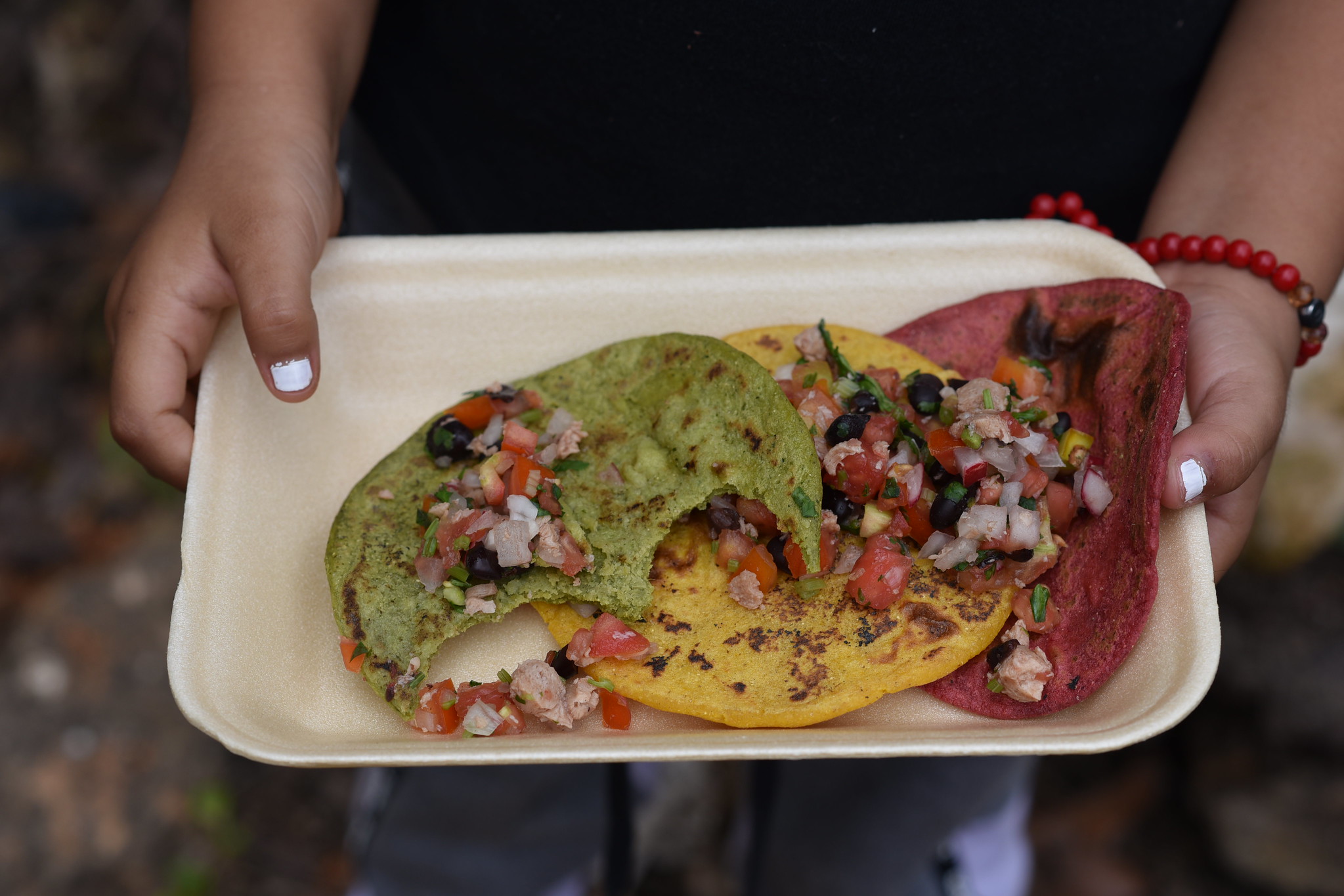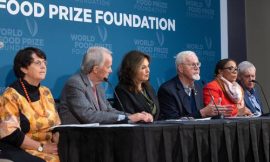Coffee wakes us up to enjoy the world. Before the sun finishes its arc above the horizon, coffee is already steaming in thousands of cups. It comes from the highlands of Ethiopia, where the ancestors saw goats dancing after grazing on red berries. Since then, coffee has travelled, crossing seas, entering plantations and the calloused hands that harvest it, passing through roasting ovens, ground in mills, until it reaches the cup of the person who drinks it without knowing how many lives are interwoven in each bean.
Bread, on the other hand, is as old as history itself. It was born in the Fertile Crescent, when someone forgot dough in the sun and discovered that it could be food. Since then, bread has been a pact: whoever breaks it, shares it. Bread is a baker with hands of flour, it is wheat that was once a seed and will one day be breadcrumbs. Bread is life, but also hunger, because where there is a lack of bread, there is often nothing left.
Milk comes from the warm bellies of cows, sheep and goats. Since the first shepherds of the Fertile Crescent, milk has been food and comfort. But milk alone is not always enough. It is left to ferment, becoming yogurt, covered with bacteria that make it eternal. Nomads lived on yogurt, the sick were cured with it, generations who had nothing else survived on it.
The blueberry was born in the acidic soils of North America, where the native peoples called it “star berry” because the five petals of its flower outlined the firmament. It became medicine, dye, and living history. Today, the blueberry travels in cold boxes, arrives at markets shining like a jewel and hides in its sweetness the memory of the soils that saw it grow.

Orange juice is liquid sunshine. It originated from the trees of China and Southeast Asia but found its kingdom in the lands of Brazil and Florida. Its colour is deceiving: it was not always sweet. Its trees were bitter until human patience tamed them. Today, the juice travels in cartons and on ships, in trains and in trucks, feeding the myth of freshness and health that travels thousands of kilometres to reach a table.
Eggs and bacon are the breakfast protein. Chickens are descended from a wild bird of Southeast Asia, domesticated more than 7,000 years ago. They crossed oceans on the ships of the colonisers, pecked around the courtyards of the first houses in America and today they live crammed into cages in intensive production, where artificial light and dosed food guarantee that they produce without rest. The pig, which arrived with the conquerors from Spain, multiplied in the New World with such fervour that it became a plague. Today, in factory farms, pigs grow fast, in confined spaces, without ever seeing the sun. Bacon and eggs come to the table as symbols of abundance, but behind their flavour lies a system that transforms animals into numbers, into calories measured to exacting amounts, into food accessible to all, but at a cost that few dare to look at.
A Mesoamerican breakfast includes tortillas and beans, the two pillars of the peasant milpa. Corn and beans, domesticated in Mesoamerica, are the gift of ancestral peoples to humanity. Complementary foods in essential amino acids, peasant foods and exquisite delicacies in more sophisticated homes. Food for the poor, the rich, the native and the visitor. Corn is the flesh of the Mesoamerican peoples, their essence, their spirit. The bean is the inseparable companion, dark and stubborn, the one that resists drought, the one that grows without asking for much in return. Without corn there is no life, and without corn there is no people.

Sugar is white gold. It originated in New Guinea, but its history is bitter. Where there was sugar cane, there were slaves. Where there was sugar, there was blood. The cane grew tall in the plantation fields, watered with other people’s sweat. Today, sugar sweetens the world but its grains hold the memory of lashes and stolen land.
Salt is the mother of all flavours. It was born in the oceans that once covered the Earth, hiding in rocks and dry lakes. Armies were paid with salt, foods were preserved with salt and pacts were blessed with salt. Without salt, life loses its flavour.
Pepper comes from India and was worth more than gold. Empires grew their wealth, routes were opened, wars were fought. It was a treasure in times when food tasted of nothing, when rotten meat needed to be disguised in spices. Today, it is still the queen of the table but few remember that there was a time when people killed for its flavour.
All these foods nourish, but they also tell stories. They are work and exploitation, but also resistance. They are body and they are culture. In every bite, centuries of travel, conquest, sweat and hope are chewed. Just as food fills the stomach, it is filled with history.
Today, as food travels across borders, from field to transport to market to plate, its origins are increasingly obscured, with value measured in efficiency rather than connection. Just as food has always carried history, it also carries the future. The choices we make — how we produce, distribute, set prices and consume — shape not only what we eat but also the lives of those who grow it. A just and sustainable food system must be rooted in the knowledge and leadership of farmers, especially smallholders who have nurtured the land for generations.
Cover Image Credit: ©2023CIAT/Adriana Varón





